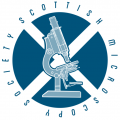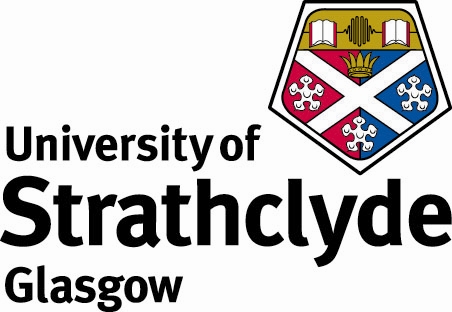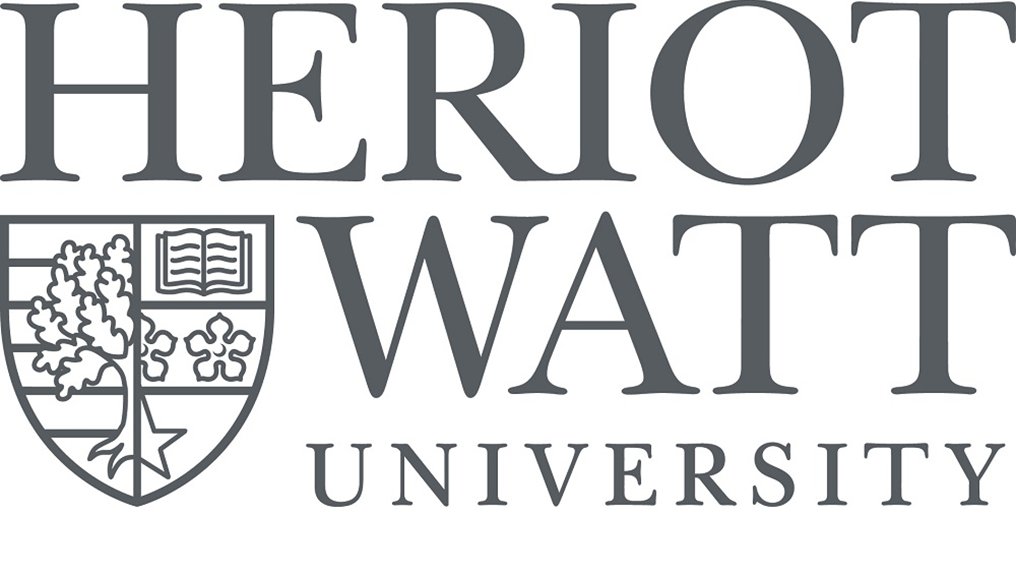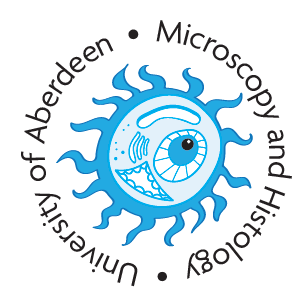Congratulations to the recipients of the first & second rounds of the Scottish Microscopy Facilities Database funding from SULSA! Read more about the projects below.
These facilities are all openly accessible, just get in touch and see how these new capabilities can reveal new information inside your samples! To check out all of the open access facilities available to you in Scotland see our Facilities Database.
A photo of the mk2 Mesolens, which is capable of both widefield and point-scanning confocal mesoscopy.
Photo credits: David Blatchford
Prof. Gail McConnell
Mesolab
Imaris for 3D reconstruction and analysis of mesoscopy and microscopy image datasets
The Mesolens is a giant objective lens that can produce 3D image datasets of large tissue specimens with subcellular resolution throughout. The new Imaris software will enable all users of the ‘Mesolab’ facility at the University of Strathclyde to visualise and analyse their information-rich datasets. The basic Imaris software provides interactive processing, visualisation and analysis of 3D and 4D data, and is perfect for researchers who want to automatically analyse objects such as parasites in ultrathick tissue slices. We will complement this by adding two software modules, namely FilamentTracer, for segmentation and visualisation of filamentous structures such as Streptomycetes, and ImarisCell, for the detection and structural analysis of cellular components, including the quantification of profound structural changes to tissue architecture in mouse models of diabetes.
Image above: An Ornothidorous moubata specimen prepared with a nuclear marker and clarified using Murray’s clear, imaged with the point-scanning confocal Mesolens. The colours in the image indicate different depths in the specimen, with cold colours near the viewer and warm colours at a distance.
Photo credit: James Doonan, William Harnett & Gail McConnell
Dr Jessica Valli
ESRIC
SP8 FALCON Tau STED upgrade
ESRIC has a Leica 3X SP8 STED microscope capable of multi-colour imaging down to 50nm resolution on fixed samples, but it is currently limited in its 3D and live imaging capabilities due to phototoxicity/photobleaching because of the high laser intensities. The funded upgrade will involve the addition of a Leica Fast Lifetime Contrast (FALCON) module, which uses a phasor analysis approach to fluorescence lifetime imaging (FLIM). This will allow for lifetime-based gating of incoming photons, improving the photon efficiency of the STED to allow users to acquire higher resolution STED datasets and perform STED in live cells. In addition, the upgrade will also allow users to acquire multi-wavelength FLIM and STED in the same sample.
Dr James Streetley
Scottish Centre for Macromolecular Imaging/Centre for Virus Research
Broadening compatibility across Scottish cryo-EM facilities
With this funding from SULSA and Scottish Microscopy Society, we will purchase new specimen holders for our cryo-electron microscope, to be compatible with the ‘AutoGrid’ system. This will increase compatibility between our microscope and others in Scotland and the UK, and allow users to recover their specimens intact. With the new holders, we will be able to receive specimens that have already been imaged elsewhere, so users can combine multiple imaging methods on a single specimen and take advantage of new approaches such as correlative light-electron microscopy (CLEM) or focussed ion beam milling (FIB-SEM).
Dr Leandro Lemgruber Soares
Glasgow Imaging Facility, University of Glasgow
Implementing VolumeEM through Array Tomography
The requested funds are for a Fast STEM detector that will be retrofitted into one of the existing Scanning Electron Microscope housed at the Glasgow Imaging Facility, including hardware, software, and scintillators.
This detector – named “SNEL” – is a single-beam detector designed by Delmic based on using a scintillating substrate as a sample holder, allowing resin-embedded sections to be directly observed on scintillator surface and imaged in a SEM. With fast image acquisition speed and large unobstructed sample surface, SNEL allows the establishment of quantitative analysis of the volume of a specific sample at the electron microscopy level.
Dr Patricia Martin
GCU Bioimaging Facility
Upgrade of Patch clamp equipment with imaging capabilities
Funding from SUSLA, the Scottish Microscopy Society and Tenovus Scotland enabled upgrade of the GCU research and educational facility to provide simultaneous patch clamping and calcium measurements that will enhance our provision of monitoring diverse channel behaviour. This adds to our existing facilities, recently located to newly refurbished laboratories, of Airyscan and spinning disc confocal microscopy and calcium dynamic workstations. The equipment will provide outputs related to furthering our understanding of the molecular mechanisms underpinning a range of disease states from cardiovascular to dermatology and ocular disease.
Dr Debbie Wilkinson & Gillian Milne
University of Aberdeen Microscopy and Histology
Zeiss Axiocam 712 colour camera
Within the Microscopy and Histology Core Facility at Aberdeen University, we upgraded our old brightfield microscope to a Zeiss Axioscope 5 in August 2021. This microscope was using a routine/teaching level camera. To achieve high quality images for research, we requested funding from SULSA to purchase the Zeiss Axiocam 712 colour camera. It complements the Axioscope 5 microscope by offering true acquisition of samples at high resolution, thus unlocking the full potential of the microscope.







